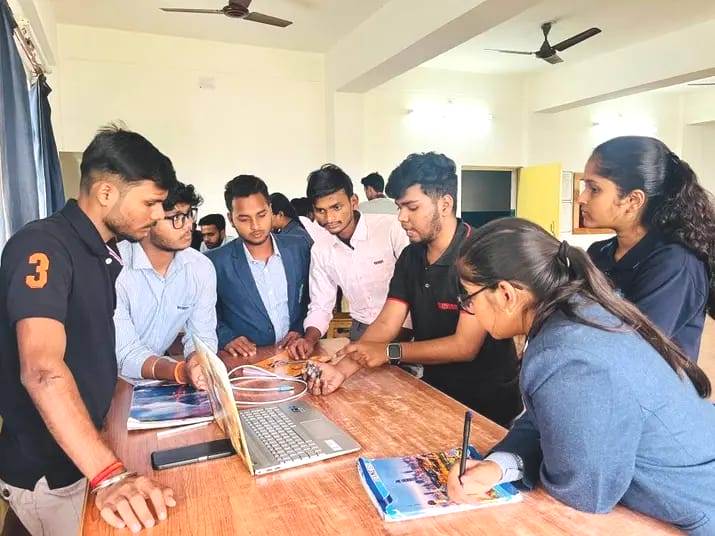
In today’s rapidly evolving technological landscape, the Internet of Things (IoT) stands out as a transformative force. To equip individuals with the skills necessary for the future, we introduce a value-added program focused on IoT—a cutting-edge domain that integrates the digital and physical worlds.
Program Overview:
Our “Enhancing Skills with Advanced IoT & Its Application ” program is designed to provide participants with hands-on experience, practical knowledge, and a comprehensive understanding of IoT technologies. This value-added initiative went beyond traditional learning, offering a dynamic and interactive approach to skill development.
Hands-On Learning: Participants engaged in practical, real-world projects to apply theoretical concepts. Hands-on sessions using IoT devices and platforms enhanced understanding.
Expert-Led Sessions:
Industry experts and experienced practitioners conducted interactive sessions.
Day 1: NODEMCU ESP8266
- Understand the basics of the NodeMCU ESP8266 board.
- Initialize the Wi-Fi module and connect it to a Wi-Fi network.
- Develop Arduino-based programs for the NodeMCU ESP8266
- Diagnose and troubleshoot common issues related to Wi-Fi connectivity and program execution.
Day 2: WoT (Web of Things)
- NodeMCU ESP8266 Interfacing
- Wireless communication protocols and data exchange.
- Connecting physical objects to the web.
- Enabling remote access and control of connected devices.
- Integration of devices into the broader Internet ecosystem.
- Drag-and-drop interface for building IoT applications in Blynk Iot platform.
- setting up SSID and password for unique authentication and connectivity.
- HTML code for web interface design.
- Project: Home automation.
Day 3: Bluetooth and Robotics
- Understanding of Bluetooth (HC-05) module communication protocols.
- Pairing process with other Bluetooth devices.
- Utilizing HC-05 for remote control applications.
- Sending and receiving data wirelessly for device interaction.
- Understanding motor types (e.g., DC motors).
- Controlling motor speed and direction using switches.
- Basic understanding of switch functionality.
- Incorporating switches for manual control of the robot.
- Basic electronic circuit design for motor and switch integration.
- Power supply considerations for the robot.
- Writing code using the Arduino IDE to control the car’s behavior.
- Understanding programming concepts such as loops, conditional statements, and functions.
- Connecting and controlling motors, often DC motors, for movement.
- Implementing algorithms to control speed and direction.
- Understanding basic electronics for powering the motors and other components.
Day 4: Machine to machine wireless connection
- Writing code for the ESP8266 microcontrollers using the Arduino IDE or other platforms.
- Connecting and interfacing the DHT11 sensor with the ESP8266.
- Reading temperature and humidity data from the sensor.
- Handling potential issues such as data transmission errors or network disruptions.
- Ensuring data privacy and integrity in M2M communication.
Successful completion of the program was recognized with a certification, serving as a valuable addition to resumes and showcasing expertise in IoT technologies.
Visit our Facebook page for a glimpse into the journey of knowledge and innovation.
